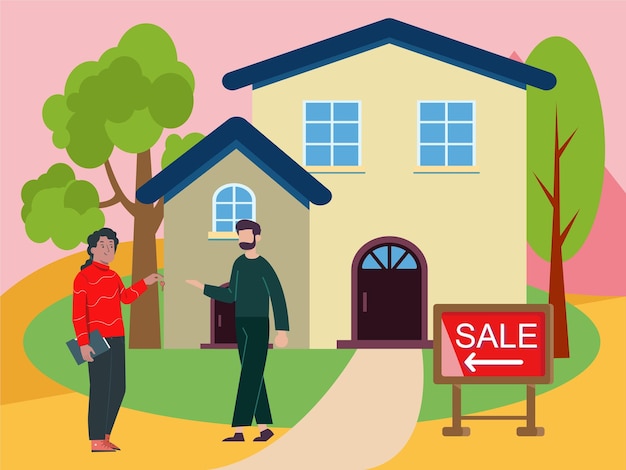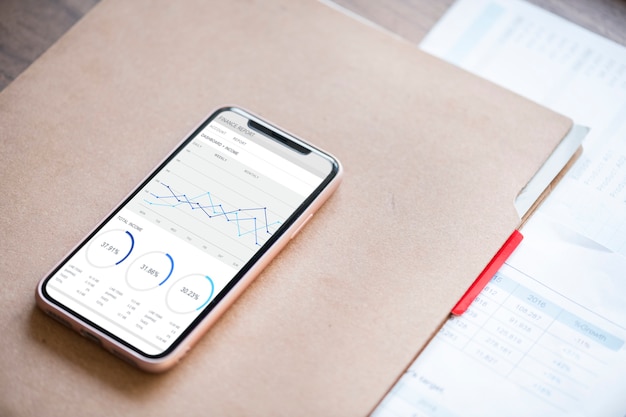Personal Finance: Saving for a Home Down Payment in the US

Saving for a down payment on a home in the US requires a strategic approach to personal finance, including setting clear goals, budgeting effectively, and exploring various savings and investment options.
For many US residents, owning a home represents a significant milestone. However, the journey to homeownership often begins with the daunting task of saving for a down payment. This comprehensive guide provides personal finance tips for US residents: saving for a down payment on a home, offering actionable strategies to make your dream a reality.
Set Clear Savings Goals
Before diving into the specifics of saving, it’s crucial to establish clear, achievable savings goals. This involves determining how much you need to save and setting a realistic timeline to reach that goal.
Calculate Your Target Down Payment
The first step is to determine the ideal down payment amount. While a 20% down payment has traditionally been the standard, it’s not always necessary. Many loan programs allow for lower down payments, sometimes as low as 3% or even 0% for certain qualified borrowers, such as veterans.
Set a Realistic Timeline
Once you know your target down payment, determine a realistic timeline for achieving it. Consider your current income, expenses, and potential savings rate. Be honest with yourself about how much you can realistically save each month without sacrificing your financial well-being.

Create a Budget and Track Your Expenses
A solid budget is the foundation of any effective savings plan. Creating a budget and tracking your expenses allows you to identify areas where you can cut back and allocate more funds towards your down payment savings.
Track Your Spending
Start by tracking your spending for a month. Use a budgeting app, spreadsheet, or even a simple notebook to record every expense. This will give you a clear picture of where your money is going.
Identify Areas to Cut Back
Once you have a clear understanding of your spending habits, look for areas where you can cut back. Common areas include dining out, entertainment, subscriptions, and impulse purchases.
- Reduce dining out by cooking at home more often.
- Cancel unused subscriptions.
- Find free or low-cost entertainment options.
- Avoid impulse purchases by creating a shopping list and sticking to it.
By carefully analyzing your spending and making strategic cuts, you can free up a significant amount of money to put towards your down payment savings.
In summary, setting clear saving goals and making a budget are key first steps to securing a down payment on a house for US residents. Understanding how much you need and how you’ll get there is crucial.
Explore Different Savings Options
Once you have a budget in place, it’s time to explore different savings options. Choosing the right savings vehicles can help you maximize your returns and reach your down payment goal faster.
High-Yield Savings Accounts
High-yield savings accounts offer significantly higher interest rates compared to traditional savings accounts. Look for online banks or credit unions that offer competitive rates.
Certificates of Deposit (CDs)
CDs are a type of savings account that holds a fixed amount of money for a fixed period of time, typically ranging from a few months to several years. In exchange for locking up your money, you’ll earn a higher interest rate.
Money Market Accounts
Money market accounts are similar to savings accounts but often offer higher interest rates and may come with check-writing privileges. These accounts are a good option for those who want easy access to their funds while still earning a competitive return.

Automate Your Savings
Automating your savings is a simple yet powerful way to ensure you consistently contribute towards your down payment goal. By setting up automatic transfers from your checking account to your savings account, you can “pay yourself first” and avoid the temptation to spend that money elsewhere.
Set Up Automatic Transfers
Most banks allow you to set up recurring transfers between accounts. Schedule a weekly or monthly transfer from your checking account to your high-yield savings account, CD, or money market account.
Treat Savings Like a Bill
Think of your down payment savings as a non-negotiable bill that must be paid each month. By prioritizing savings, you’ll be more likely to stick to your plan and reach your goal.
Consider Government Assistance Programs
Many government assistance programs are available to help first-time homebuyers save for a down payment. These programs can provide grants, low-interest loans, or other forms of financial assistance.
First-Time Homebuyer Programs
Research first-time homebuyer programs offered by your state or local government. These programs often provide down payment assistance, closing cost assistance, or tax credits.
Federal Housing Administration (FHA) Loans
FHA loans are insured by the Federal Housing Administration and are often a good option for first-time homebuyers. They typically require a lower down payment and have more flexible credit requirements than conventional loans.
Taking advantage of assistance programs for first time home buyers can significantly boost one’s personal finance efforts to save to purchase a home.
Increase Your Income
While cutting expenses is important, increasing your income can significantly accelerate your down payment savings. Explore opportunities to earn extra money through side hustles, freelance work, or a part-time job.
Side Hustles
Consider starting a side hustle that aligns with your skills and interests. Popular side hustles include freelancing, driving for a ride-sharing service, or selling goods online.
Negotiate a Raise
If you’re due for a raise, research industry standards for your position and negotiate for a higher salary. Even a small increase in income can make a big difference in your savings rate.
- Freelance writing or editing
- Online tutoring.
- Delivering food or groceries
- Crafting and selling items on Etsy.
In essence, increasing income is a crucial personal finance tip for US residents wanting to save for a down payment on a home, especially since savings can only go so far.
Avoid Taking on New Debt
While saving for a down payment is important, it’s equally important to avoid taking on new debt. New debt can derail your savings progress and make it more difficult to qualify for a mortgage.
Pay Down Existing Debt
Prioritize paying down existing debt, such as credit card debt or student loans. The sooner you eliminate these debts, the more money you’ll have available to save for your down payment.
Avoid New Credit Cards
Resist the temptation to open new credit cards or take out new loans. These actions can negatively impact your credit score and make it harder to qualify for a mortgage at a favorable interest rate.
Ensuring that you avoid new debt enables more US residents to save effectively for a down payment, and improves your personal finance outlook overall.
| Key Point | Brief Description |
|---|---|
| 🎯 Set Clear Goals | Determine how much you need to save and set a realistic timeline. |
| 💰 Create a Budget | Track spending, cut back on unnecessary expenses, and allocate funds. |
| 🏦 Savings Options | Explore high-yield accounts, CDs, and money market accounts. |
| 🚀 Automate Savings | Set up automatic transfers to ensure consistent contributions. |
Frequently Asked Questions
▼
While 20% has been the traditional standard, many loan programs allow for lower down payments, sometimes as low as 3% or even 0% for qualified borrowers like veterans. Assess your financial situation and research loan options.
▼
Common areas include dining out, entertainment, and subscriptions. Try cooking at home more, canceling unused subscriptions, finding free entertainment options, and avoiding impulse purchases.
▼
High-yield savings accounts offer significantly higher interest rates than traditional savings accounts. Look for online banks or credit unions that provide competitive rates to maximize your savings.
▼
Set up recurring transfers from your checking account to your savings account. Treat your down payment savings like a non-negotiable bill that must be paid each month for consistency.
▼
Yes, research first-time homebuyer programs offered by your state or local government. Also, consider Federal Housing Administration (FHA) loans, which often require a lower down payment.
Conclusion
Saving for a down payment on a home in the US is a challenging but achievable goal. By setting clear goals, creating a budget, exploring different savings options, automating your savings, considering government assistance programs, increasing your income, and avoiding new debt, you can pave the way to homeownership and secure your financial future.





